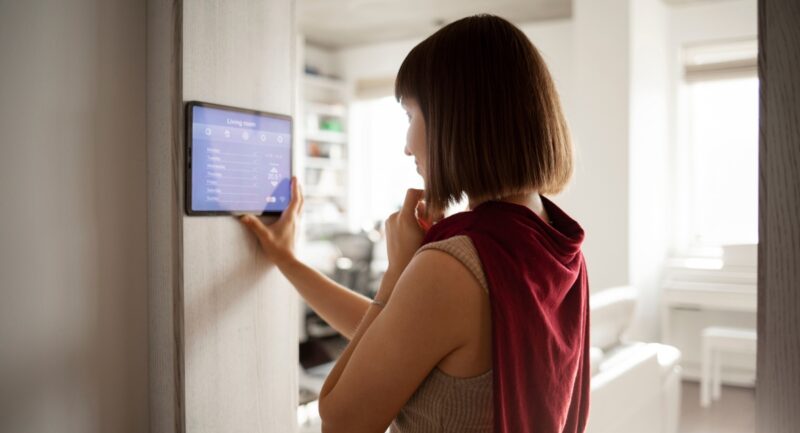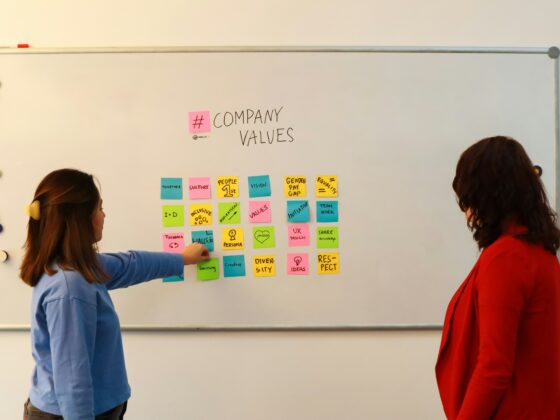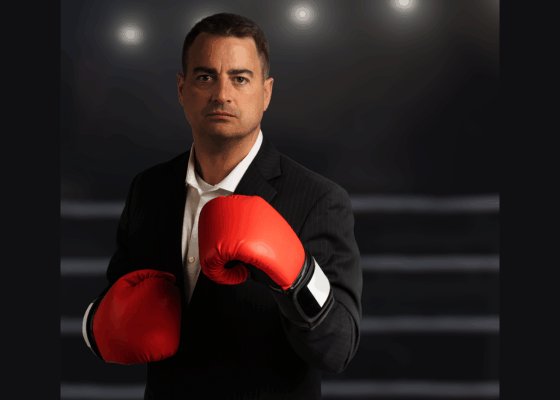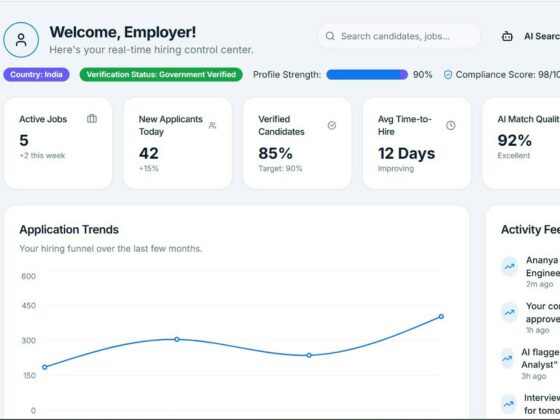
When Europe’s energy-price spike hit in 2022, Danubius Hotels Group realized its long-planned room renovations had to deliver more than just new wallpaper. Executives demanded measurable cost savings and next-generation guest comforts, but any upgrade also had to preserve the hotels’ historic interiors and keep revenue-earning rooms open throughout peak season. Enter Budapest-based Yabune Solution—experts in large-scale Home-Assistant deployments—who proposed a fully wireless building-management system powered by sub-GHz Z-Wave® technology.
A Phased Journey: Room-by-Room Progress
2022 – Pilot & Proof
Danubius Hotels first gave Yabune Solution a 51-room wing in its Budapest conference hotel as a proving ground. The initial Wi-Fi and Zigbee pilots choked on the venue’s saturated 2.4 GHz airwaves—packed with guest smartphones, AV gear, and a forest of access points—while Z-Wave’s interference-free sub-GHz mesh sailed through the same concrete walls and radio noise without a single drop-out. In just two months the Z-Wave trial not only trimmed HVAC runtime but, crucially, earned the board’s green light to scale the project portfolio-wide.
2023 – Batch Upgrades Begin
Rather than shut down hundreds of rooms at once, Danubius Hotels scheduled upgrades in 100-room blocks during winter low-occupancy windows. Yabune Solution repeated the winning formula in three additional properties, refining firmware-update workflows and learning how to tune large Z-Wave meshes on the fly.
2024 – Scaling the Blueprint
With four properties running smoothly, Danubius Hotels committed to a full build-out of the pilot hotel and a fourth site. By year-end the estate surpassed 3,000 Z-Wave endpoints across 664 rooms, all feeding live data to a Kubernetes-hosted Home Assistant cluster in the hotel data center.
2025–2026 – Continuous Roll & Learn
Today, every November through April, Yabune Solution rolls carts of pre-provisioned gateways and devices into the next batch of rooms, while data from the previous phase informs modifications to automations and device choices. Future batch updates will adopt Z-Wave Long Range to extend coverage to public spaces and outdoor amenities further proving the same network can scale from guest rooms to campus-wide spectacles like the 500-drone light show Danubius Hotels has on its marketing roadmap.
The phased model empowered Danubius Hotels to:
- Avoid peak-season downtime—no revenue rooms offline in summer
- Iterate fast—guest feedback and energy analytics shape each update batch
- Future-proof the investment—new devices join the same secure mesh network without ripping out last year’s hardware
Z-Wave Automation at Scale
Before a single carpet was replaced, Yabune Solution mapped out a “living rules engine” that could evolve with every renovation batch. Instead of deploying isolated smart gadgets, the team wove Z-Wave sensors, relays and meters into Home Assistant logic blocks, each aimed squarely at solving a costly pain point: runaway HVAC runtime, phantom lighting loads, maintenance staff trekking upstairs to manually reset high-draw circuits and breakers, or revenue lost to off-ledger stays. Because every device speaks the same secure, sub-GHz language, new automations roll out with a software push, instantly scaling from a single pilot wing to hundreds of rooms. Here are the established flagship routines currently in place saving Danubius Hotels money—and preventing guest headaches—every day.
- Climate control. Fan-coil relays, thermostats and window sensors work as one: if a guest cracks a window, cooling pauses; close it and the fan-coil restarts. Across the portfolio this automation alone trims 15-20 % of HVAC energy use while keeping rooms at target temperature.
- Smart lighting & scenes. Every circuit is individually addressable. When a guest pulls the key-card, all fixtures fade fully off—eliminating “phantom loads,” i.e., the trickle of standby power many drivers still draw even when the lights look off. When the card is re-inserted, a soft “welcome” scene comes up instead of full glare, trimming wasted kilowatts while improving first-impression comfort.
- Towel-heater logic. Because the heaters are high-wattage, they now start only after the bathroom light has been on for one minute, run for exactly one hour, then lock out for the next hour to cool. Reception staff still have a one-click override for VIP requests—no more three-floor climbs to flip a breaker.
- Energy & asset monitoring. Shelly plugs and Aeotec meters monitor every fridge, TV and miscellaneous outlet. If a TV crashes, staff reboot it remotely; if a fridge’s draw spikes (often due to the door being left open), housekeeping gets an alert before food spoils. Historical dashboards show which devices and floors chew through the most kilowatts.
- Occupancy and fraud analytics. The system compares real-time motion and card-reader status with the property-management system; any activity in an un-booked room flags potential off-ledger rentals and triggers an audit.
- Infrastructure health. Yabune Solution tracks noise levels, uptime and traffic for all 332 Z-Wave gateways. Engineers spot weak links—or rogue interference—before guests ever feel it, keeping the 3,000-device mesh running smoothly.
Why Z-Wave Made the Difference
- Sub-GHz Reliability—immune to conference-hall Wi-Fi congestion (2.4GhZ)
- Scalability—room-by-room growth with no controller swap
Device Breadth & Backward Compatibility—mix-and-match relays, meters, sensors, and other devices, all within a cohesive, interoperable ecosystem
Impact So Far
- 15–20 % reduction in HVAC energy and 1.5–2 % whole-building electricity savings per property
- Hundreds of staff hours saved through remote diagnostics and one-click overrides
- Revenue protection—occupancy analytics shut down unreported cash rentals
- Continuous optimization—dashboards surface anomalies, driving new automation rules every quarter








